Skara Brae: The Best-Preserved Neolithic Settlement In Western Europe
Skara Brae, located on the Bay of Skaill on the Mainland, is the best-preserved Neolithic village in Europe.
Dating back to approximately 3180 BC and occupied until around 2500 BC, it is Europe’s most complete Neolithic village, older than both Stonehenge and the Great Pyramids of Giza.
This extraordinary site has earned the nickname “Scottish Pompeii” due to its excellent state of preservation.
It is part of the UNESCO World Heritage Site known as “The Heart of Neolithic Orkney.”
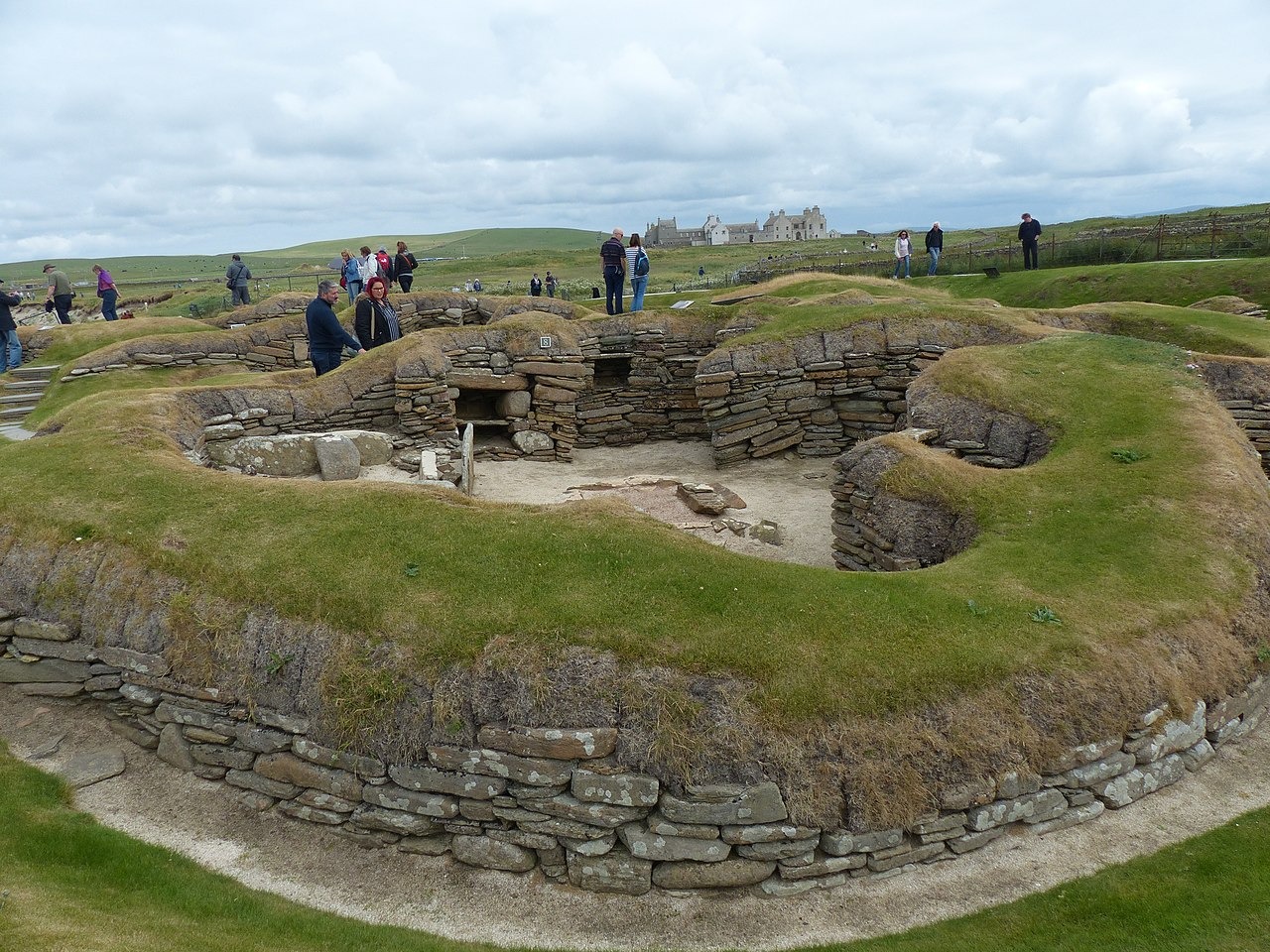
The Discovery Of Skara Brae
Skara Brae was uncovered by accident in 1850 after a severe storm stripped the earth from a large knoll, revealing the outlines of stone houses.
William Watt, a local laird and amateur geologist, began excavating the site.
However, his work was abandoned after uncovering four houses.

It wasn’t until another storm in 1924 caused further damage that the site was properly investigated.
The University of Edinburgh’s Professor V. Gordon Childe led the excavation, which revealed a complex and well-preserved settlement.
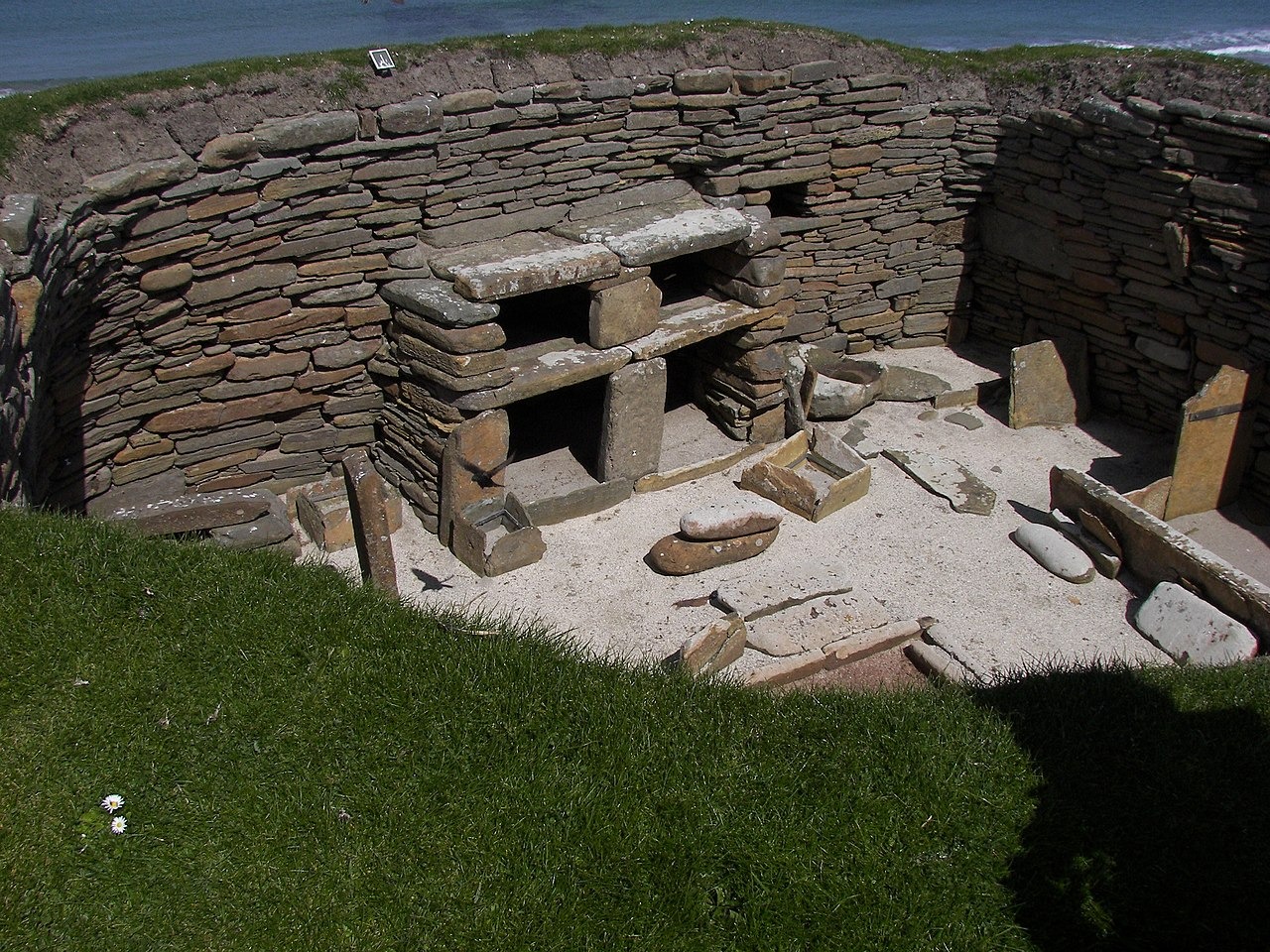
Neolithic Life at Skara Brae
The settlement, built around 3180 BC, consists of ten stone houses.
These homes were made from flagstones and covered by earthen dams that supported the walls.
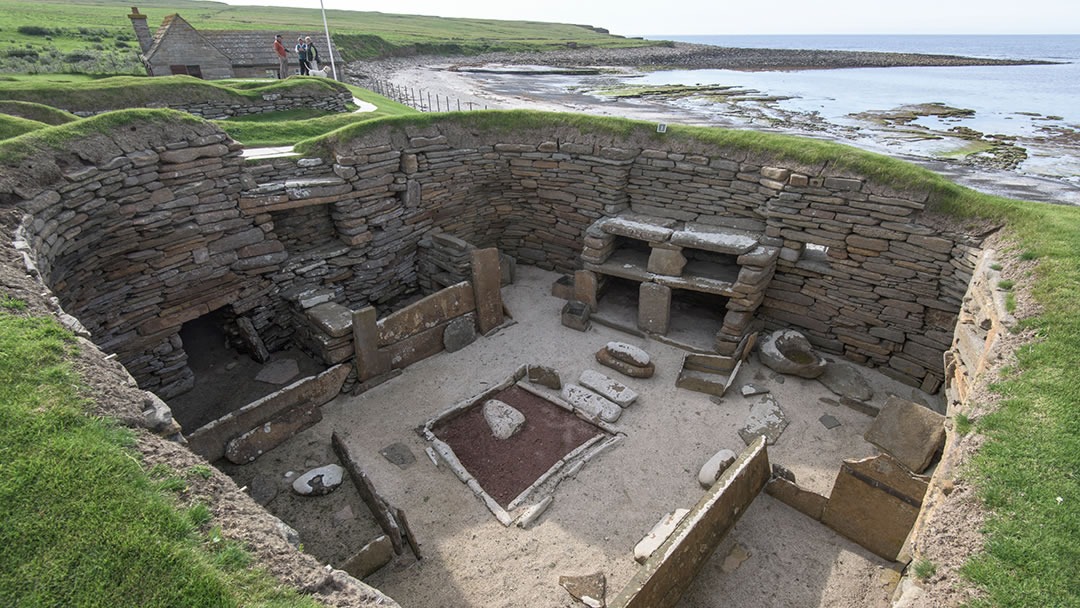
These homes were partially sunk into the ground, which provided insulation against the harsh Orkney climate.
Each house featured a stone hearth, beds, and cupboards, and some even had a primitive sewer system with toilets that used water to flush waste into drains leading to the ocean.
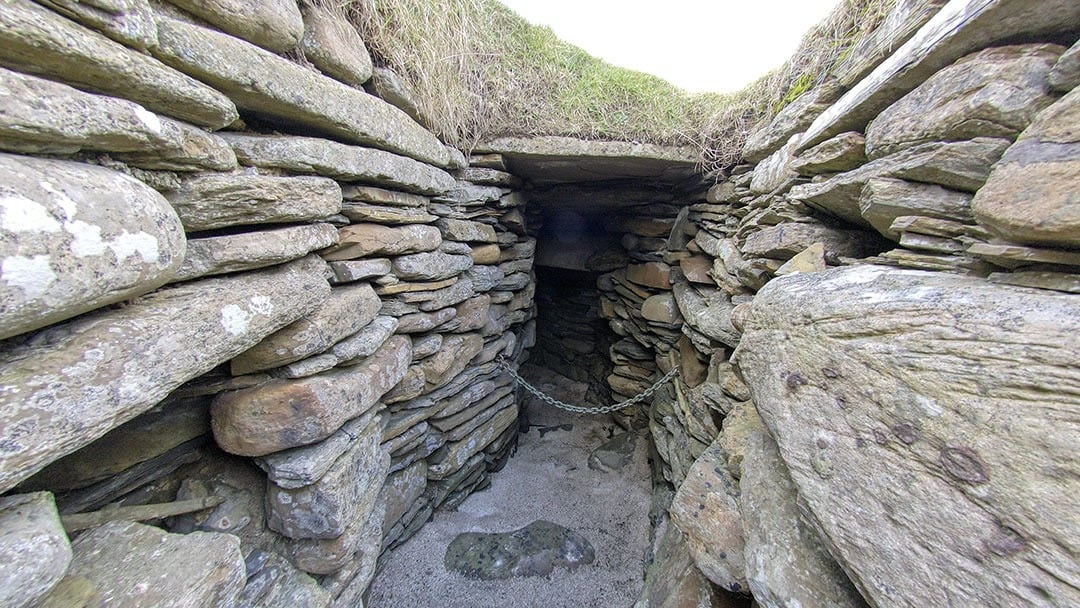
The people of Skara Brae were primarily pastoralists, raising cattle, pigs, and sheep, and they also cultivated barley.
Fish and seafood were common in their diet, as evidenced by the fish bones and shells found in the village’s middens.
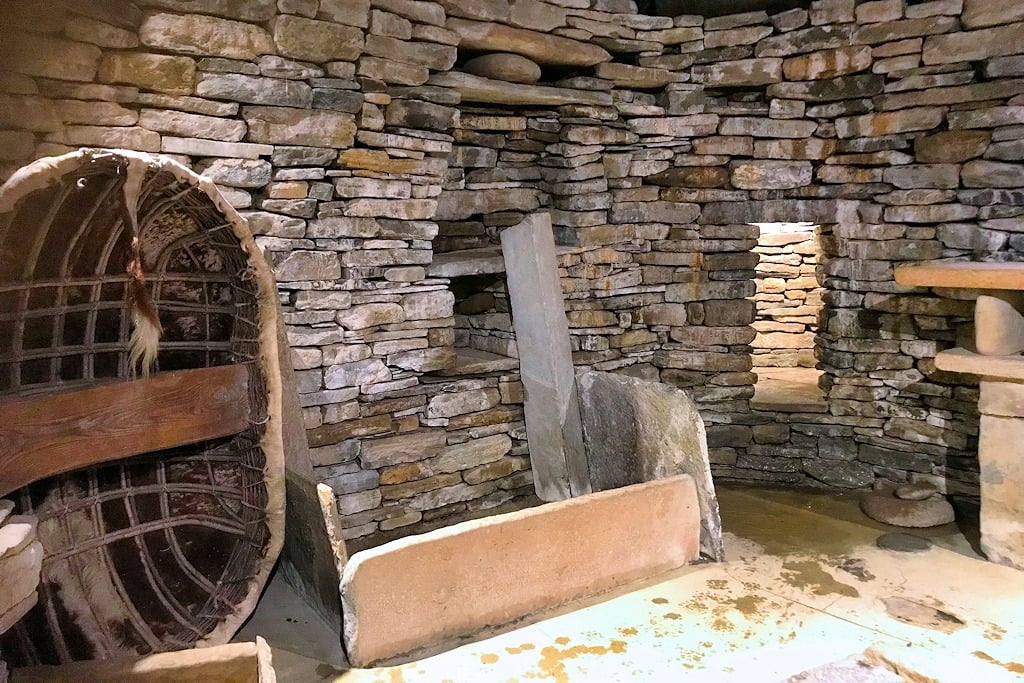
The inhabitants crafted tools from stone, bone, and antler, and they made pottery known as grooved ware, a style unique to Neolithic Orkney.
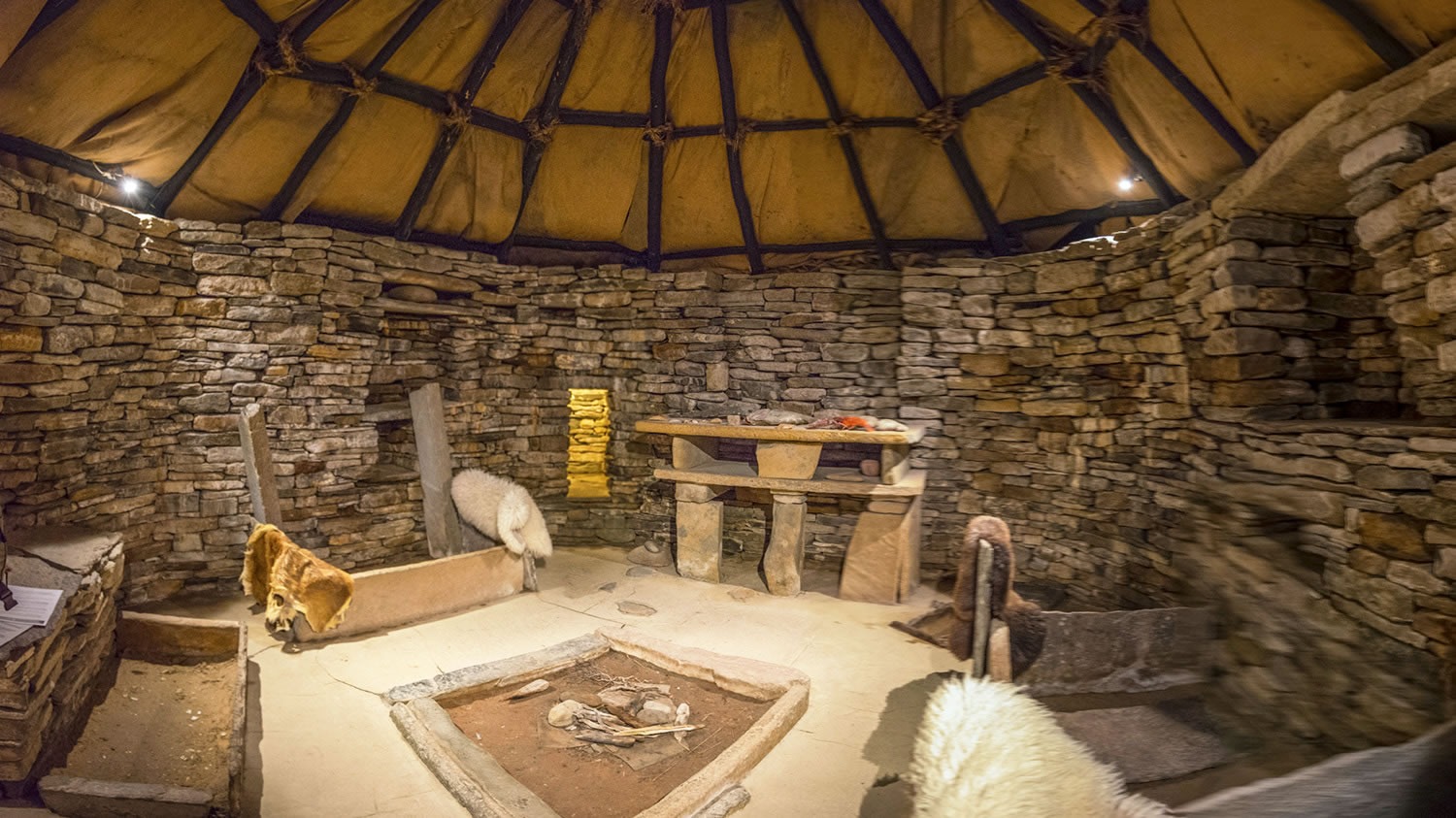
Abandonment
Around 2500 BC, Skara Brae was abandoned, possibly due to a changing climate that brought colder and wetter conditions.
The exact reasons for the village’s abandonment remain unclear, though some theories suggest a major storm may have played a role.
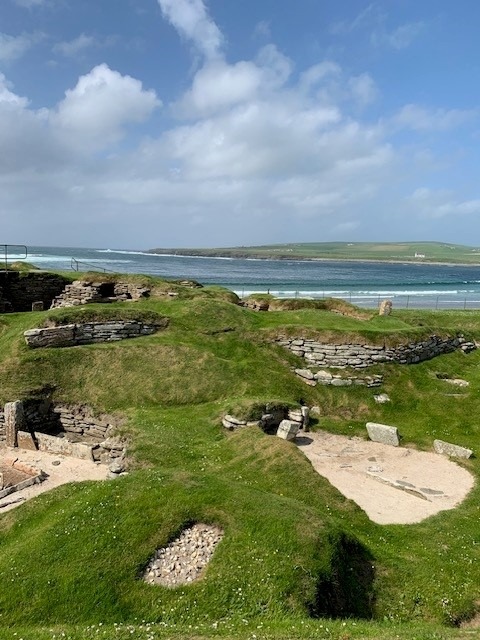
However, it is more likely that the site was gradually covered by sand over time after it had been deserted.
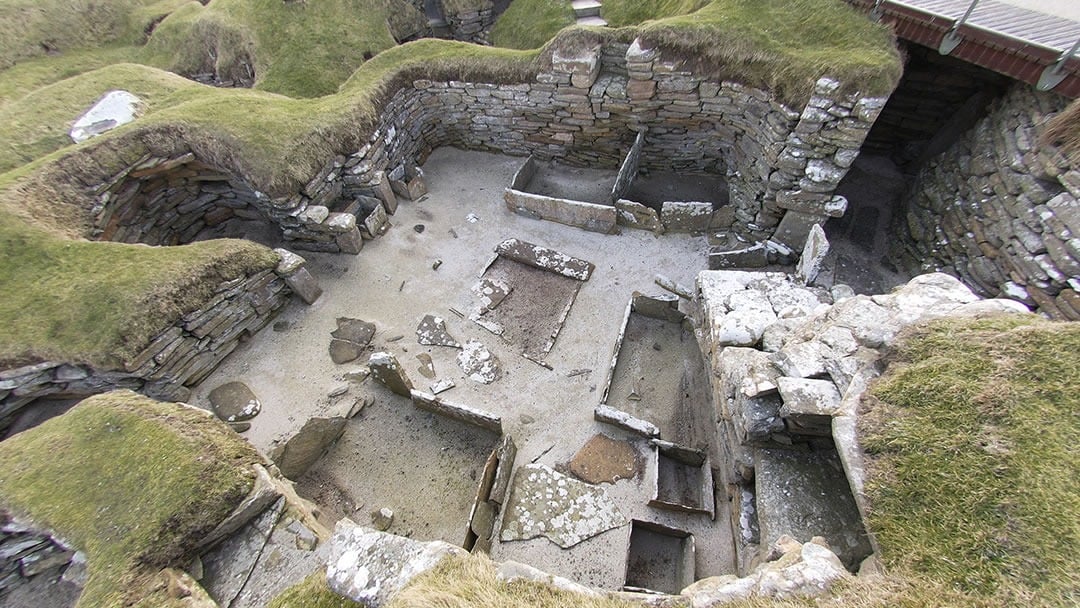
Artifacts
Artifacts found at Skara Brae include carved stone balls, beads, paint pots, and tools made from various materials.
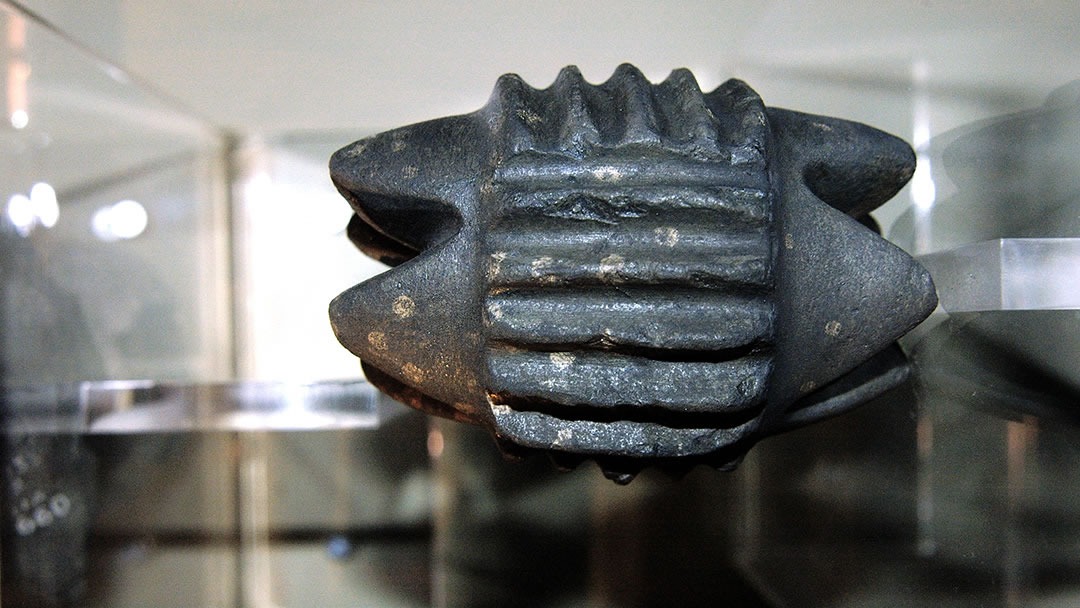
The presence of these items, along with similarities in architectural styles, suggests connections between Skara Brae and other Neolithic cultures, particularly in the Boyne Valley in Ireland.


